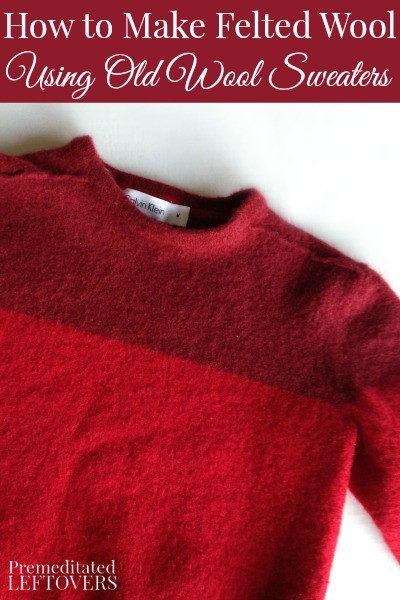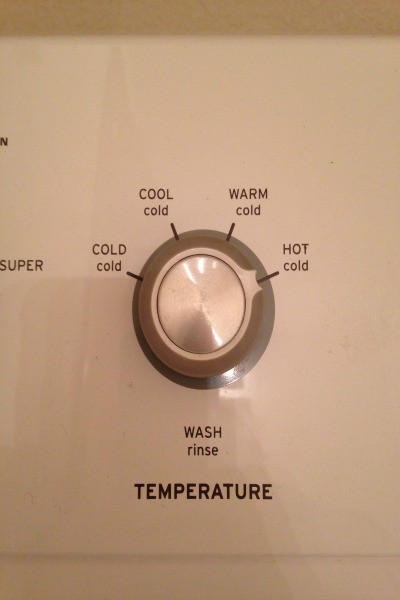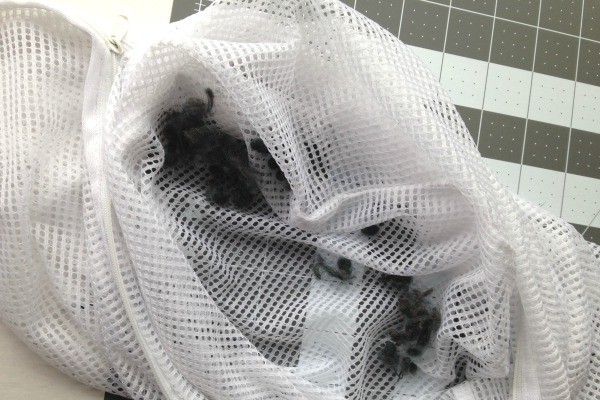
Felting is a great way to repurpose old or damaged wool sweaters. Felted wool is such a versatile fabric to work with because it can be used for anything from fun crafts to clothing items. The felting process makes the wool fibers super dense which also allows you to cut it without having to worry about fraying. Instead you are left with clean lines much like you would see when cutting store bought felt. Often times no sewing is even necessary, or pieces can be adhered to each other with glue. Children or the most novice of sewers can especially appreciate that quality of felted wool. Yet another reason why it is so easy to work with!
Have I sparked your curiosity yet? Check out these other uses for felted wool:
- Doll clothes
- Felt board accessories
- Cloth diaper covers
- Purses or bags
- Waldorf inspired crafts
- Hats, gloves, or ear warmers
- Decorative flowers
- Potholders
- Placemats
- Hair bows
- Holiday ornaments
- Hot drink cozies
How to Felted Wool from Old Sweaters
To felt wool, it’s important to use 100% wool. You can take your chances with wool combinations, but I’ve never found the end result to turn out as well as just plain wool. Acrylic or cotton won’t react the same way to the felting process, so check clothing tags when in doubt. I can usually find wool sweaters in the men’s or women’s section of thrift stores for just a couple bucks. Men’s sizes will yield a lot of fabric too, so you can always count on getting a lot of projects out of one sweater.
Felting wool sweaters at home is an inexpensive and easy process. You only need a few items to make felted wool.
Items Needed:
- Wool sweaters
- Your home washer and dryer
- Detergent
- Mesh delicates dryer bag
Directions:
Begin by placing each sweater into its own delicates bag and secure it closed. You want it to have as much space to agitate, so the larger the delicates bag the better. You can certainly felt without the bag, but the amount of wool that will slough off your sweaters is hard on your washer. So, this step is just to help maintain your appliances.
Next, add your detergent of choice to your washing machine. You’ll want to remove any funky smells prior to use.
Then, using a normal wash setting, adjust your wash temperature to HOT and set your water level so that the sweaters are completely submerged. Do not use too little or too much water. The agitation is a key player in the felting process.
Once your wash cycle is complete you can remove the sweaters from the delicates bags and place them in your dryer on high heat. This is where you’ll see all the tiny wool pieces that could have ended up in your washer. Yikes!
Run the sweaters in your dryer until they are completely dry. Check your lint trap periodically to clean out any more stray wool pieces.
Once you have completed the washing and drying steps you will notice that your sweaters have shrunk quite a bit. Check the fiber and stitching of your sweaters; it should look and feel tighter and dense. If this is the case, then your felting is complete! If this is not the case, run the sweaters through the process a second time.
Store your sweaters by laying them flat until you’re ready to use them. This will help prevent any wrinkling or indentations in the fabric.






Ashley says
I have a top loader with no agitator. I haven’t been successful without the agitator. Is there some way to overcome that problem?
Suraiya says
Thanks for sharing the info ! Shall try soon!
Adela says
I just purchased 4 yards of wool at a yardage stir it was marked as 100% wool does it need to be washed and dried?
Alma says
I have the same question. I no longer have a top load.
Washer
Aleah says
Do you need a top loading washing machine? I’ve always heard you have to do it in one of those for better agitation purposes, but these days almost everyone has front loading machines…
sherry says
Good info! Q: I know what I’ve read, but could 85% wool and 15% other washed twice produce felt?
jan evans says
same question as jilly
Sophia says
I’ve done it without a dryer and it felted well. You might have to run it through the washer more than once though.
jilly says
I don’t have a dryer, is this a necessary part of the process ?
Thanks, Jilly.